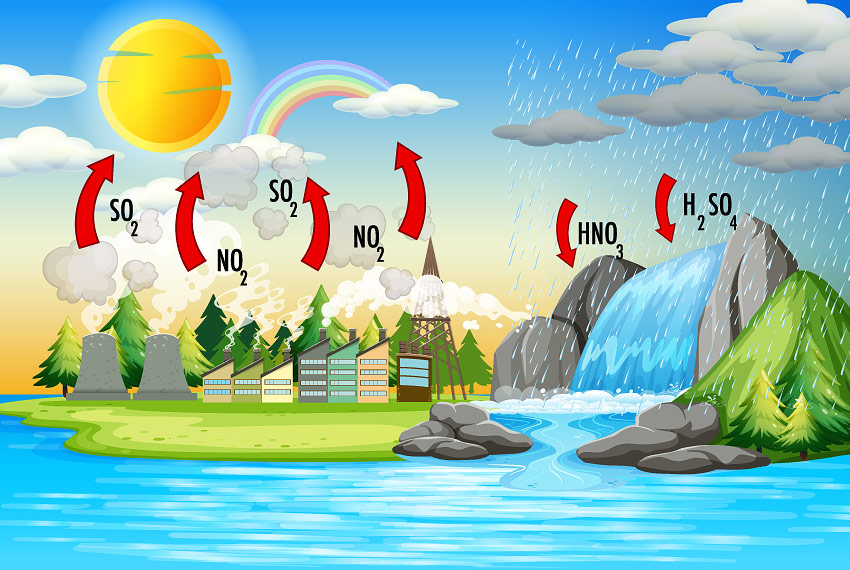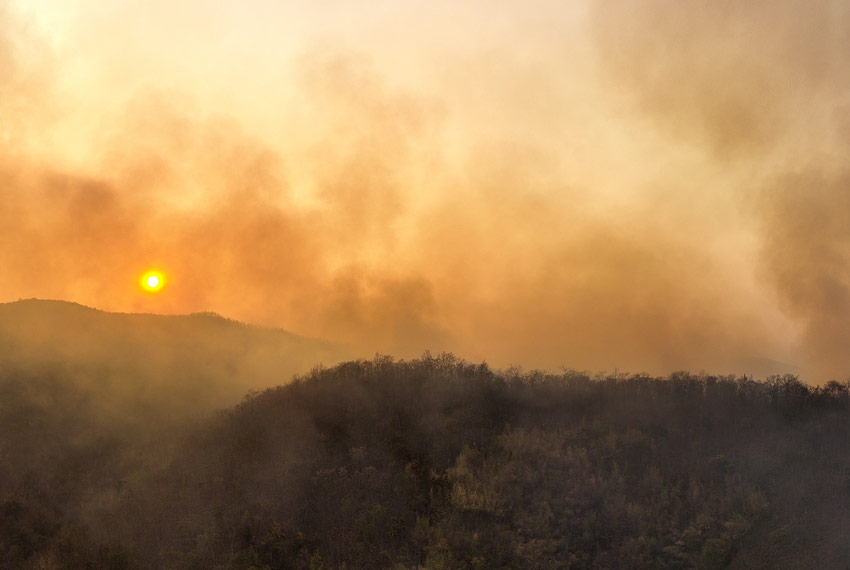What We Do
Climate Impacts in the Adirondack Park
Climate change poses a host of threats to the Adirondack Park’s unique landscape and varied ecosystems. The Park is situated in a transition zone, where the mossy, spruce/fir (boreal) forests typical of Canada meet the mixed hardwood forests endemic of the Appalachian range and mid-Atlantic. This transition zone is rich with biological diversity, with timid and sensitive species from both zones finding refuge in Adirondack forests and waters.
Winter as a Way of Life is Changing
Cold weather also has cultural significance in the Adirondacks, which is the southernmost region of the United States where winter sports still dominate the decor, symbols, and keepsakes of local life. Downhill/alpine ski season has shrunk and become more dependent upon artificial snowmaking. Nordic skiing, skating, ice boating, and snowshoeing seasons are also in decline, as is snowmobiling season.
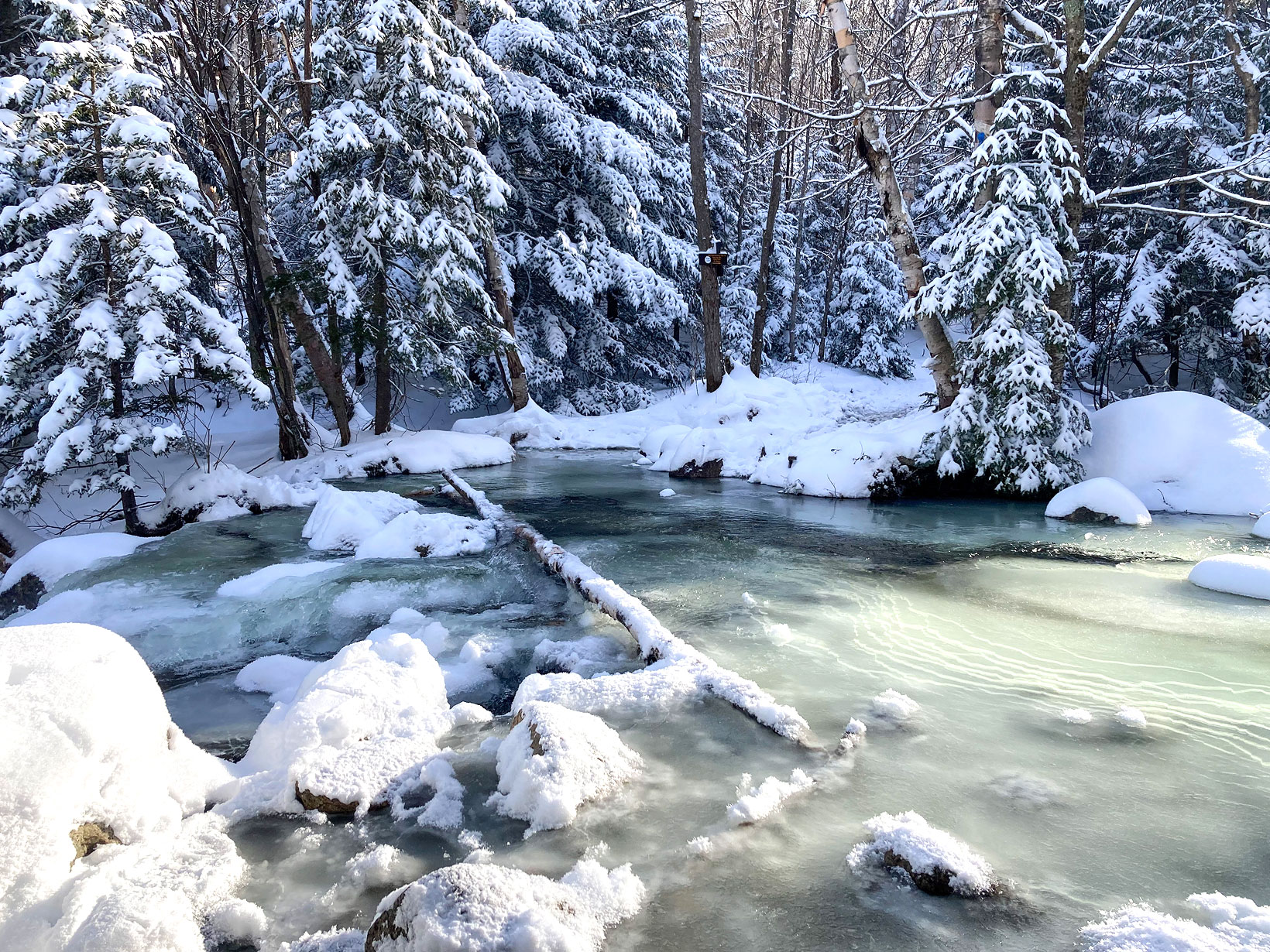
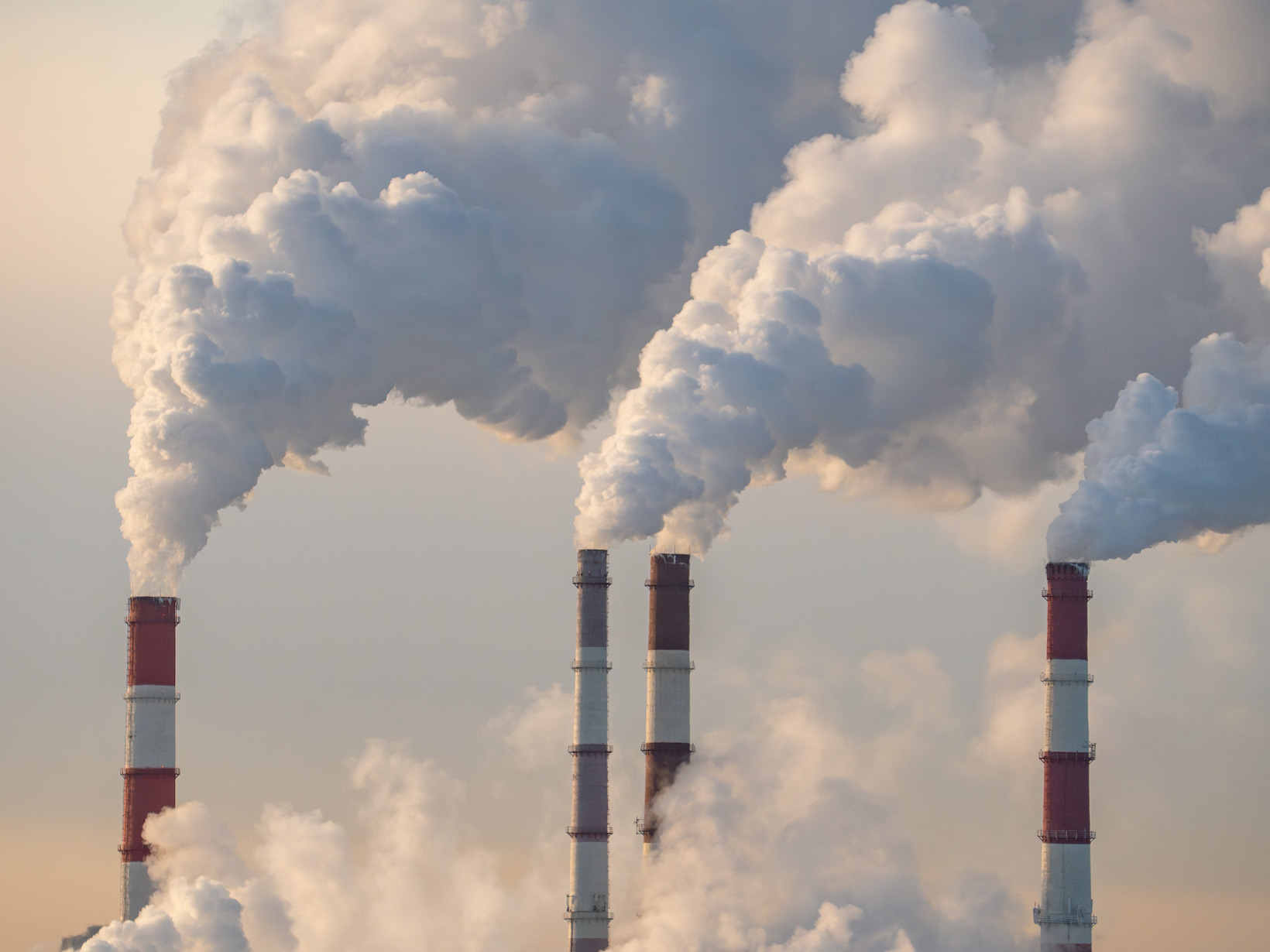
Air Pollution and Acid Rain in the Adirondack Park
Rising temperatures also affect the atmospheric conditions that influence air pollution. Due to the Park’s thin soils, steep slopes, and vast volumes of water, damage from airborne chemicals becomes evident immediately.
In the 20th Century, the Park suffered the worst acid rain damage in the United States. Forests died. Fisheries perished.
And then the Adirondack Council fought for clean air.
Acid Rain
The Adirondack Park has suffered the worst acid rain damage in the nation. But we are not suffering alone. Nearby, the Catskill Mountains, the Taconic Ridge and east end of Long Island are all areas where acid rain has caused significant harm.
Climate Change
Global climate change poses a serious threat to the Adirondack Park. Climate scientists predict that the Adirondack Park’s climate will resemble today’s Richmond, VA, by the end of the century if we don’t take swift and decisive action.
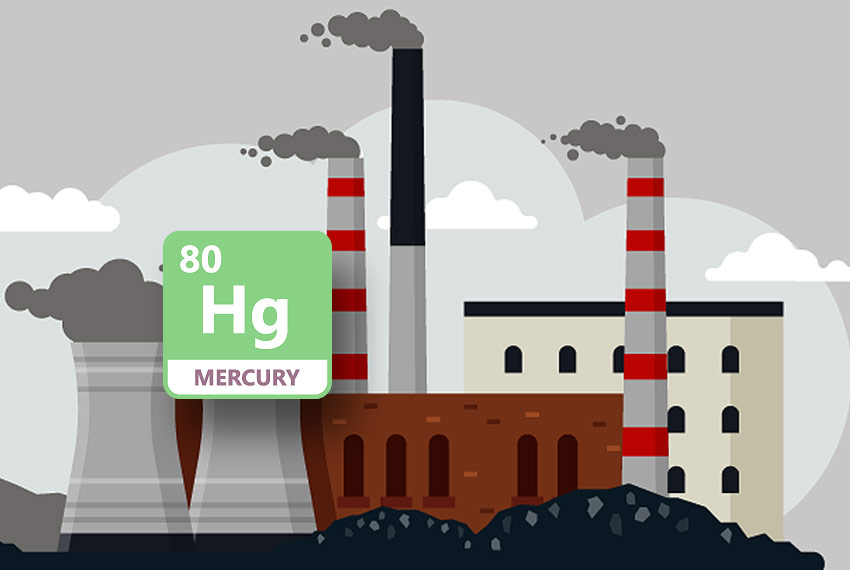
Mercury
Mercury is a highly toxic element that becomes an air pollutant largely through emissions from coal-fired power plants. It is also broken free from rock and soil by acidic water.

